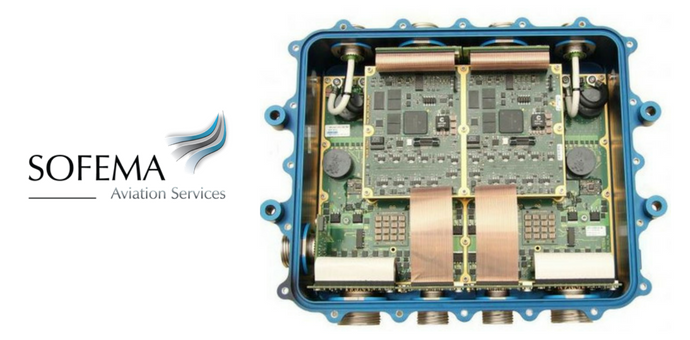Sofema Aviation Services www.sassofia.com considers additional factors related to the effective monitoring of Aircraft Engines
Aircraft engines are high value very complex system, requiring adequate monitoring to ensure flight safety and timely maintenance.
Cockpit displays present engine performance information the provision of information such as rotational speeds, engine pressure ratios, exhaust gas temperature.
Oil supply to critical parts, such as bearings and gears is vital for safe operation so early warning regarding deterioration is essential. (For monitoring fuel and oil status, indicators for quantity, pressure, and temperature are used.)
In addition to mentioned crucial parameters, vibration is constantly monitored during engine operation to detect any possible unbalance at the earliest opportunity.
Essentially any of the above parameters can provide as an early indication and to mitigate costly component damage and/or catastrophic failure.
To accomplish the monitoring task in the most effective way requires the support of automated software systems.
Engine Monitoring Systems (EMS) have become increasingly standard as the computational ability of the industry advances through technological changes
Parameters for Engine Monitoring Systems
The typical parameters that are recommended for monitoring in aircraft are as follows:-
Temperatures (inlet, outside air, exhaust gas, compressor, turbine, bleed air),
Pressures (inlet, compressor, discharge, lube oil, bleed air),
Oil System (quantity, filters, consumption, debris, contamination),
Vibration (rotors, shafts, afterburners, reduction gears, bearings, transmissions, and accessories),
Life Usage (operating hours, start times, fatigue, stresses, cracks)
Plus
Additional Parameters – speeds, fuel flow, throttle position, nozzle position, and stator position.
For commercial aircraft, the main parameters that are monitored to determine engine performance are:
Aerodynamic Performance:
EPR (engine pressure ratio),
F/F (fuel flow),
RPM (speed),
EGT (exhaust gas temperature), and,
Throttle Position; (Throttle Lever Angle – TLA)
Mechanical Performance:
Vibration amplitude and oil consumption.
Data Collection
The current practice for commercial aircraft requires the accumulation of continuous monitoring of performance parameters, and recording together with transmission or download to the ground at a certain point.
Cockpit instrument readings may also be taken once a day, or on every flight during cruise conditions. (Company Operating Procedures)
Recorded data is processed and compared to “normal” data established by the manufacturer or operator.
Engine manufacturers typically provide support for on-board diagnosis for Maintenance Purposes.
Condition Monitoring and Diagnosis
Certain kinds of pre-emptive engine failures will result in specific changes in the parameters being monitored providing an opportunity to take early preventative action.
The standard means of monitoring parameters involves the comparison of parameters to reference different levels or by evaluating data shifts through time by trending.
Exceedance monitoring involves the storage of a record of data whenever an engine operating limit (e.g., speed, temperature) is exceeded.
Operating limits for such parameters are typically set by engine manufacturers based on design performance models, and by operators based on field experience from other airplanes and engines
Automatic troubleshooting procedures or expert system diagnostics are used when rules can be defined adequately, to identify the most probable cause of the exceedance and estimate the possible damage.
Commercial software packages have been developed in conjunction with the engine manufacturers to accomplish the exceedance detection and diagnosis task, once the exceedance data has been transferred to the ground station.
Such automation of the diagnosis step using the exceedance and trend data relies on building trend and baseline signature databases through engine manufacturer’s data and through field experience.
Sofema Aviation Services Delivers EASA Part M and Engine Condition Trend Monitoring, vocational as well as ensuring compliance with EASA regulatory obligations.
Please see www.sassofia.com and www.sofemaonline.com or email office@sassofia.com




